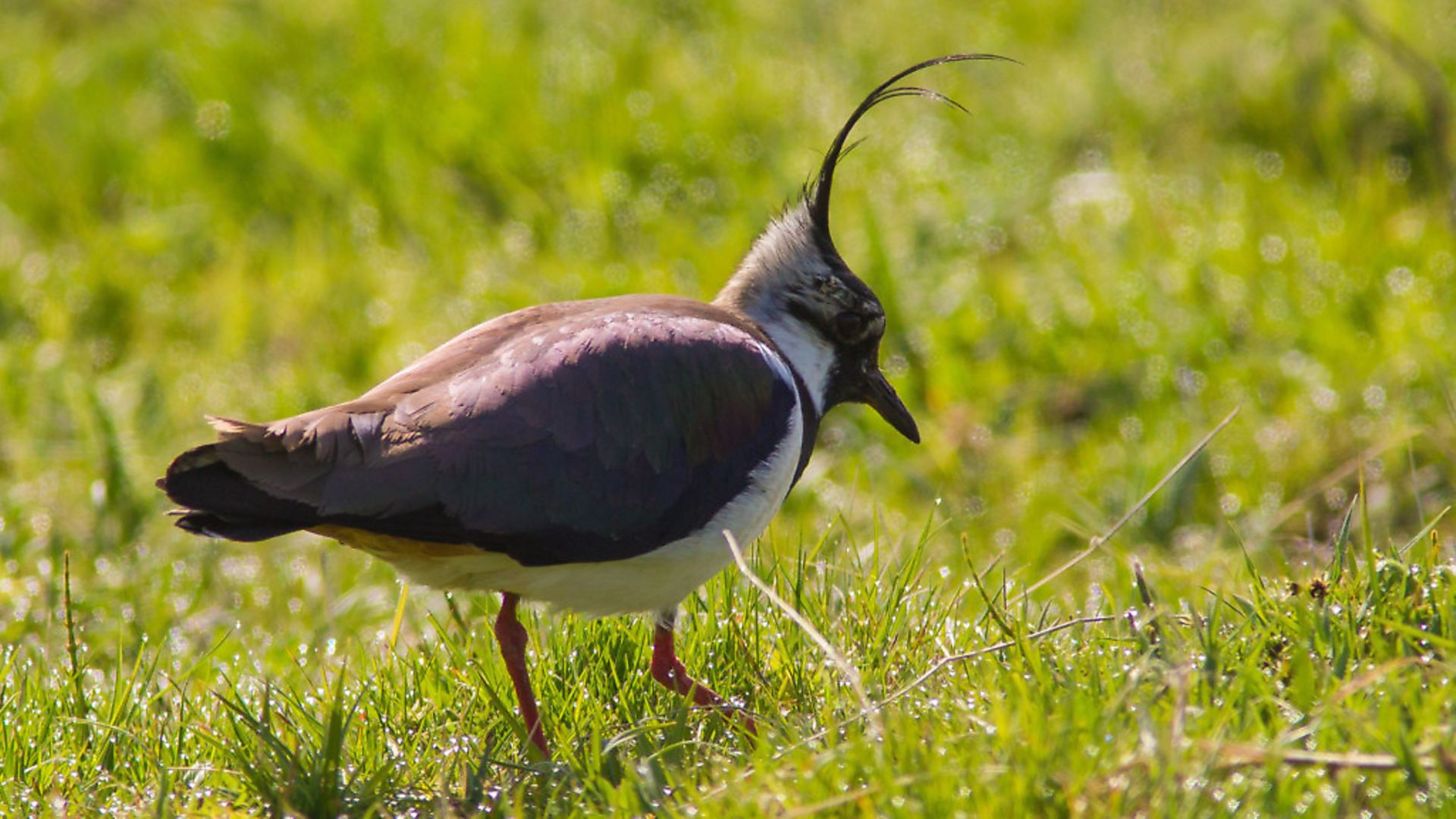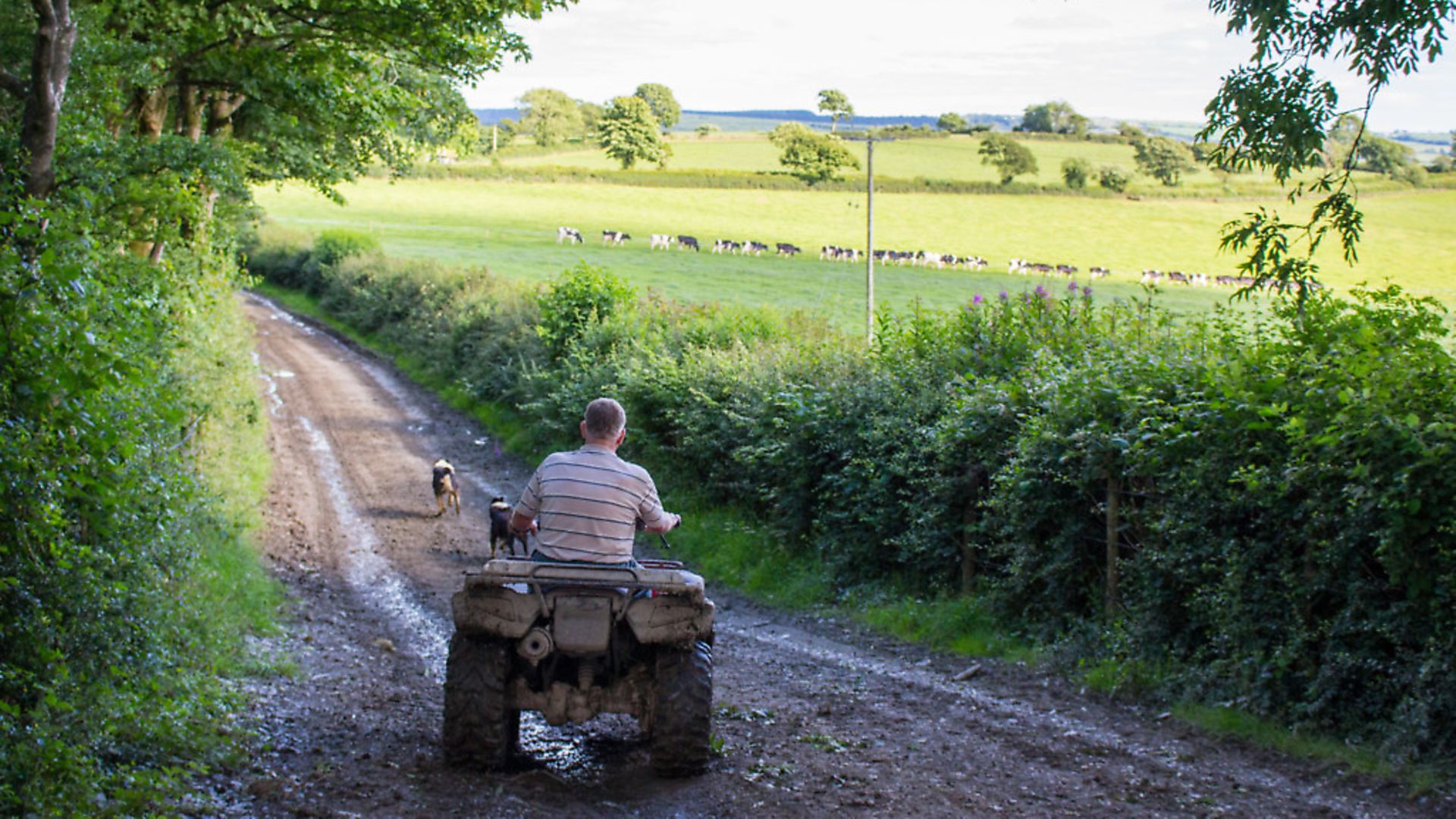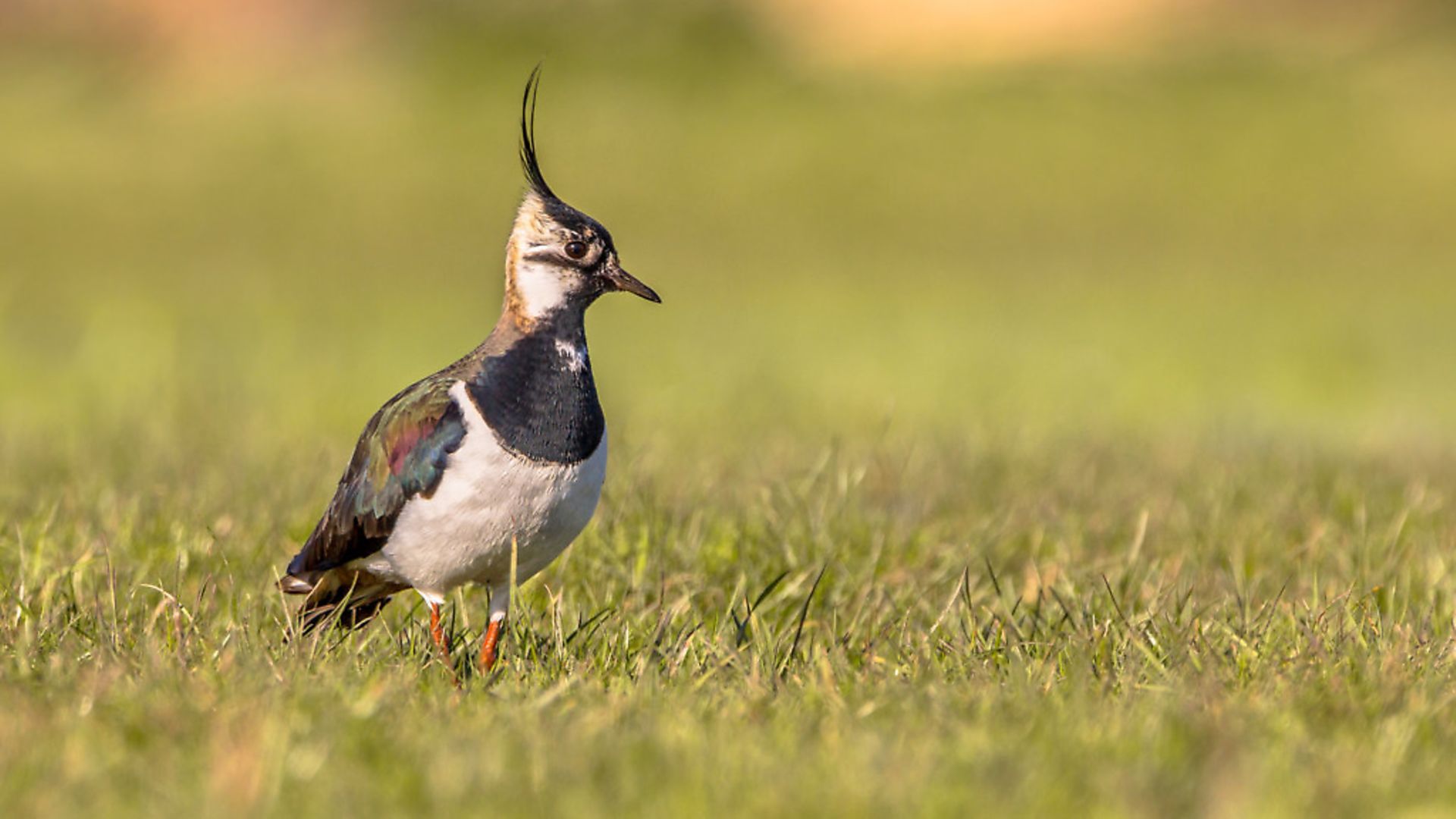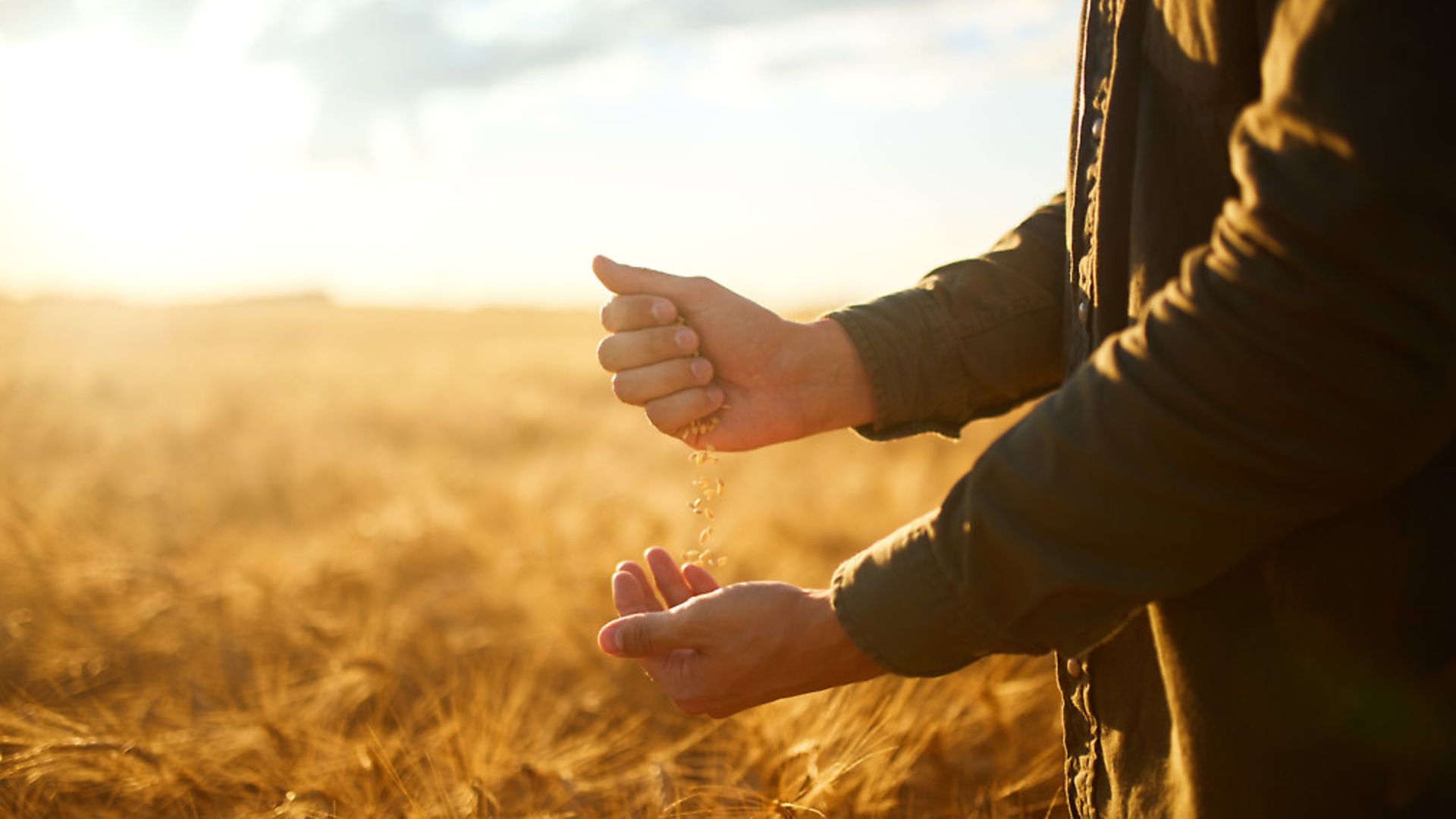News
Farmland Bird Count returns for its eighth year
Would you like to appear on our site? We offer sponsored articles and advertising to put you in front of our readers. Find out more
The GWCT’s annual Farmland Bird Count is asking farmers and land managers to count bird populations for vital conservation work
The GWCT Big Farmland Bird Count is back, and it’s calling upon land managers to spend 30 minutes, between 5 and 14 February, recording the farmland birds they see in one area of their land.
“Many land managers carry out vital conservation work, largely unseen by the public,” says Roger Draycott of the GWCT. “By taking part in the count year on year, they can see how the conservation work they are doing is having an impact and our scientists can build a picture of the health of the UK’s farmland bird species.”
Cambridgeshire farmer, Tom Martin, explains why he takes part: “The Big Farmland Bird Count is a fantastic way to check on the status of our farmland birds, giving me a good idea of numbers and how our conservation measures may be impacting populations. Before I took part, I had no idea how many species of bird called our farm their home, and now I look forward to seeing the results each year to discover how they’re doing.”
Who takes part in the Farmland Bird Count?
The number of participants has been rising steadily over the years. With what began in 2014 with just 500 farmers now boasts of 1,500 participants in 2020, in spite of the coronavirus pandemic and poor weather, who recorded more than 120 species across 1.4 million acres of land.
In 2020:
49% of participants are in some form of agri-environment scheme, demonstrating their long-term commitment to environmental management.
36% of participants were providing some form of extra seed feed for birds, either through growing wild bird seed mixes, or by providing additional grain through scatter feeding or via hoppers.
Farmers from every county in England took part and there were also responses from Northern Ireland, Scotland and Wales. Even a number of farmers from Austria took part!
Norfolk had the most returns, with 129 farmers completing the survey. This was followed by Hampshire with 116, Wiltshire with 68, and Suffolk with 67.
What were the results from the 2020 Farmland Bird Count?
The most commonly seen species were blackbirds and woodpigeons, seen by over 75% of our participants. Robins, blue tits and pheasants were seen by over 70% of the farmers.
The five most abundant birds seen were starlings, woodpigeons, rooks, fieldfares and pink-footed geese. A total of 113,729 were found, making up over 40% of the total number of birds recorded.
A total of 25 species from the Red List for Birds of Conservation Concern were recorded, with nine appearing in the 25 most commonly seen species list: starlings, fieldfares, lapwings, linnets, redwings, herring gulls, yellowhammers, house sparrows and skylarks.
Fieldfares, starlings, linnets and lapwings were the four most abundant red-listed species recorded with over 67,000 in total spotted, equating to 24% of all species spotted.
4 ways to boost farmland bird populations – The GWCT’s Roger Draycott offers his top tips for boosting bird numbers on your land:
1. Modern farming methods mean that there is often not enough natural food left in the countryside in late winter and early spring for wildlife, so one of the best ways to support wild and game birds is to provide extra winter seed food. Supplementary feeding is particularly beneficial for birds of conservation concern like grey partridge, yellowhammer and corn bunting.
2. The use of ‘conservation headlands’ – wide field margins where little or no pesticides are used – is also highly beneficial to farmland birds. Allowing broad-leaved weeds to flourish boosts insect populations which are a food source for birds.
3. Planting and preserving hedgerows also provides crucial food, as well as nesting habitat and a safe haven from predators.
4. Maintain small wet areas around the farm, such as ditches, scrapes and even old horse ponds. These can help to attract wading birds and provide nesting and foraging sites for a wide variety of birds ranging from mallard to threatened species like snipe and lapwing.
There are currently 67 birds listed on the Red List for Birds of Conservation Concern in the UK.
Lawping FAQs
What can I do to help declining birds like lapwing?
Lapwing, once common on farmland, have declined by 45% since 1970 and they are now a red-listed species. One of the main factors has been the widespread switch from spring-sown to autumn-sown crops, which has dramatically reduced habitat suitable for nesting. By leaving an area of uncropped, cultivated land farmers can provide suitable nesting and foraging areas for lapwing, and other birds which prefer to forage on open ground, such as skylark, stone curlew and turtle dove.
Uncropped, cultivated land can provide suitable nesting and foraging areas and were previously supported under Countryside Stewardship. These areas are also used by a variety of other farmland birds that prefer to forage in open ground (skylark, stone curlew, turtle dove), by hares and encourage annual arable plants.
How big should the uncropped area be to support lapwing?
Each uncropped plot must be at least 1ha (no greater than 2.5ha) and located within an arable field of at least 5ha. Ground nesting birds are very vulnerable to predatory birds such as crows, magpies and gulls. It is therefore crucial to site the plots away from any feature (trees, posts, pylons) that can be used as a perch by these predators to overlook the plot. They must also be located away from field edges to reduce predation by foxes and only in fields larger than 10ha if bounded by trees.
When should I start cultivating the uncropped area for lawping?
They are created by cultivating in early spring (20 March at the latest) to produce rough fallow. Plots can be rotated around the farm, so helping to reduce the build-up of pernicious weeds, but the same hectarage must be maintained each year. Undesirable weeds can be controlled with herbicides prior to making the rough fallow. Plots must be maintained until the 31 July.
Lapwing take their young to forage in vegetation that provides some cover, ideally rough grassland that provides a rich source of their preferred food (insect larvae, beetles, worms). Chick survival will therefore be improved if the uncropped plots are located near to such foraging areas. Alternatively, if sufficient vegetation develops on the uncropped plot then this may be suitable. We are currently investigating whether sowing a suitable cover will improve chick survival.
How to take part in the Big Farmland Bird Count
As most participants count outside either alone or with family members, the Big Farmland Bird Count can be safely carried out within Covid-secure guidelines. Further information can be found at www.bfbc.org.uk.
1) Download your count sheet from the BFBC website www.bfbc.org.uk
2) Count your birds on a day between 5 and 14 February. Spend about 30 minutes on one particular area of your land ticking off the species of birds you see and recording the number on your GWCT count sheet. (The GWCT provide a crib sheet to help you identify the different species of birds – download it here)
3) Once you’ve completed your count, simply submit your results at www.bfbc.org.uk
Related articles
Get the latest news delivered direct to your door
Subscribe to Sporting Gun
Subscribe to Sporting Gun magazine and immerse yourself in the world of clay, game and rough shooting. As the leading monthly publication for passionate shooters at all levels, Sporting Gun delivers expert advice, practical tips and in-depth reviews to enhance your skills and enjoyment of the sport.
With features ranging from gundog training to pigeon shooting, and wildfowling to equipment recommendations, you’ll gain valuable insights from professional shooters and industry experts. A subscription not only saves you money on the cover price but also includes £2 million Public Liability Insurance, covering the use of shotguns, rifles and airguns for both recreational and professional use.


Manage Consent
To provide the best experiences, we use technologies like cookies to store and/or access device information. Consenting to these technologies will allow us to process data such as browsing behavior or unique IDs on this site. Not consenting or withdrawing consent, may adversely affect certain features and functions.
Functional Always active
The technical storage or access is strictly necessary for the legitimate purpose of enabling the use of a specific service explicitly requested by the subscriber or user, or for the sole purpose of carrying out the transmission of a communication over an electronic communications network.
Preferences
The technical storage or access is necessary for the legitimate purpose of storing preferences that are not requested by the subscriber or user.
Statistics
The technical storage or access that is used exclusively for statistical purposes.
The technical storage or access that is used exclusively for anonymous statistical purposes. Without a subpoena, voluntary compliance on the part of your Internet Service Provider, or additional records from a third party, information stored or retrieved for this purpose alone cannot usually be used to identify you.
Marketing
The technical storage or access is required to create user profiles to send advertising, or to track the user on a website or across several websites for similar marketing purposes.










